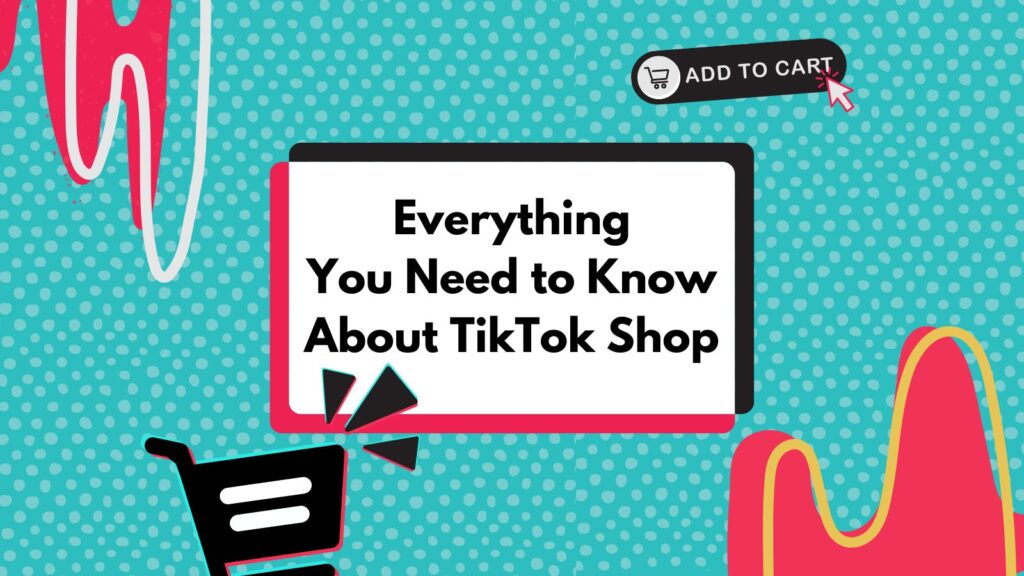Word on the street is that Twitter isn’t doing so hot. But, this isn’t exactly news. For the last couple of years, experts have speculated on the impending demise of Twitter. However, despite speculation, it continues to be the 3rd most popular network behind Facebook and Instagram, with 75.49 million unique visitors each month.
THE DEATH ARGUMENT
Are the skeptics on to something? Potentially. Here are some reasons for concern if you’re Jack Dorsey (CEO of Twitter).
Content Is Rarely Valuable or Genuine
When Twitter was young, it was a great platform for genuine connection and conversation. 140 characters quickly paved the way for quirky, controversial, and otherwise engaging conversations with people around the world. Unlike Facebook, it was socially acceptable to engage with a total stranger. This spurred millions of worldwide conversations with people of totally different backgrounds, making for some truly interesting content.
Now, your Twitter feed consists primarily of repurposed, syndicated, and paid content. It’s Instagram shots (that don’t actually show up thanks to design flaws), links to 3rd party articles and blog posts, spam accounts, and ads from companies and products that you couldn’t care less about. Most content showcases conversations taking place off of the platform itself, instead of on it.
It Moves Too Quick to Engage
When content is engaging enough, people will pay attention. However, the clutter we talked about above, combined with the inherent speed of the platform, makes it nearly impossible to truly follow a conversation, even if you’re truly interested in it. If you can’t keep up with the content, how are you supposed to engage with it?
This speed would require businesses to devote several hours each day to simply keeping up. And, as a result, engagement metrics will still be much lower than other networks. This can make it hard to prove a strong ROI.
It’s Old News
We keep mentioning the good old days of Twitter; days free of clutter and full of engagement. Well, apparently, the team at Twitter is stuck there too, because not much has changed structurally or functionally since that time.
Twitter has failed to innovate and adapt to the evolving demands of the audience. Compare this to other platforms such as SnapChat, Facebook, and Instagram, who have adapted by updating algorithms and adding new, advanced, and personalized features. Yes, people may bitch about major updates to these platforms, but at the end of the day, the changes are made to provide a better experience, which they typically do.
THE THRIVING ARGUMENT
Okay, but it’s still here, and maybe it has a long future. Here are some reasons why that could be true:
Existing User Base
Though the platform’s audience is certainly not growing, the grandfathered-in audience is extremely loyal and reliable. Those who Tweet regularly are unlikely to break the habit anytime soon.
Trending Hashtags
When major, timely events happen (e.g. Super Bowl Blackout), there is no other platform that makes it easier to get up-to-date information. As a brand, it can be valuable to be among the first or premier voices in the room.
Furthermore, when it comes to social movements, #blacklivesmatter would not have happened without Twitter.
Twitter Doesn’t Have to Be Everything to Everyone
In the world of social media, Facebook is the holy grail in terms of popularity, and it’s easy to compare the others against it. Though the Facebook audience surpassed Twitter in volume long ago, Twitter is still the holy grail of its many loyal users, and that may be enough for sustainability.
OUR TAKE: USE SPARINGLY
Unless Twitter makes drastic efforts to provide a better, more relevant experience to users, it won’t be around too much longer.
However, while it’s still around, there are ways to use it effectively. There are some niche audiences who dedicate serious time to those 280 characters, and there are times when it makes sense for a business to engage with busy but timely conversations on current events. That being said, before dedicating money and other resources to the platform, be sure your approach is considerate of your audience, business objectives, and data.
Despite Twitter’s potential impending doom, here are some ways the platform is still valuable.
Demonstrating Expertise
If you’re willing to put in the effort to cut through the noise and become a prominent thought leader when it comes to specific topics and (well-searched) hashtags, Twitter is a great tool to leverage. However, this won’t happen overnight.
Current Events
As we mentioned previously, there is no better platform to absorb as much information as humanly possible the instant something happens in the world. While engagement may be underwhelming, it can be beneficial to be a visible voice in the clutter.
Public Relations
While many PR pros use technology to automatically pitch a story to thousands of reporters, we have continued to find success in direct, personalized pitching through Twitter. Reporters are among the most active and engaged people on the platform, and a personal connection through social media can be highly effective.
So, while there’s no way of knowing how much longer it will be around, it’s clear that while it is around, it serves a purpose.
Still not sure whether you should jump on the Twitter train? Give us a call and we can help you decide which social platform is right for your business and create a robust strategy for that platform. Reach us with the form below or at kim@834design.com.
[contact-form-7 id=”6182″ title=”Get Started”]









